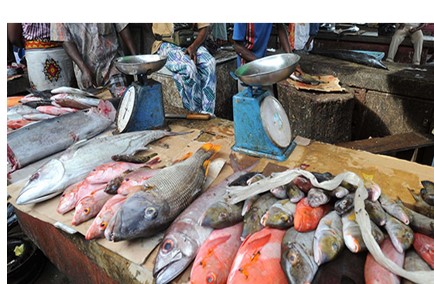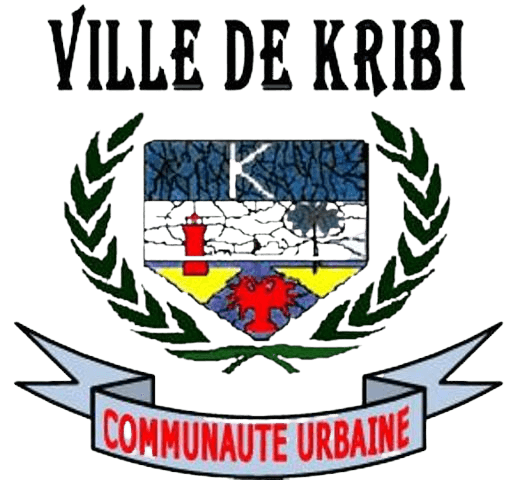Kribi, a galloping economy

Administrative and geographical situation
Covering an area of 321 km2, with 75 linear km of coastline on the Atlantic Ocean, the Urban Community of Kribi, also called City of Kribi, brings together the Arrondissement Communes of Kribi I and Kribi II.
The city is crossed by the national road 7 and the provincial road P8 170 km east of the regional capital Ebolowa. It is 180 km south of Douala, the country's largest city and most important port. The coastal town of Kribi is located on the shores of the Gulf of Guinea, in the south of Cameroon, in the department of the Ocean of which it is the capital, at the mouth of the Kienké and Lobé rivers.
The Collectivity is headed by a Mayor of the City, assisted by two (02) Deputies. This Executive regulates the affairs of the Collectivity by relying on its deliberative body: the Community Council, made up of 22 Municipal Councilors from the District Communes.
Economical activities
The local economic fabric is dense, it has experienced significant growth since the commissioning of the deep-water Port of Kribi, with a ripple effect on the diversification of activities on the flourishing economy of the City which is quite diversified, through fishing (artisanal and semi-industrial), livestock, agriculture, energy (exploitation of hydrocarbons), as well as the development of market and non-market services (transport, banks, communication, education, etc.) , especially the tourism sector which is experiencing rapid growth.
About the people
The population, estimated at more than 250,000 inhabitants, is growing rapidly due to displacement motivated by the search for new professional opportunities, or simply better living conditions. It is characterized by its great cultural diversity, the various indigenous communities (Batanga, Mabi, Iyassa, etc.) co-existing peacefully with the non-natives. This plurality is reflected in numerous cultural festivals (Febuary, Mayi, Nguma Mabi, etc.)

Comments - 0